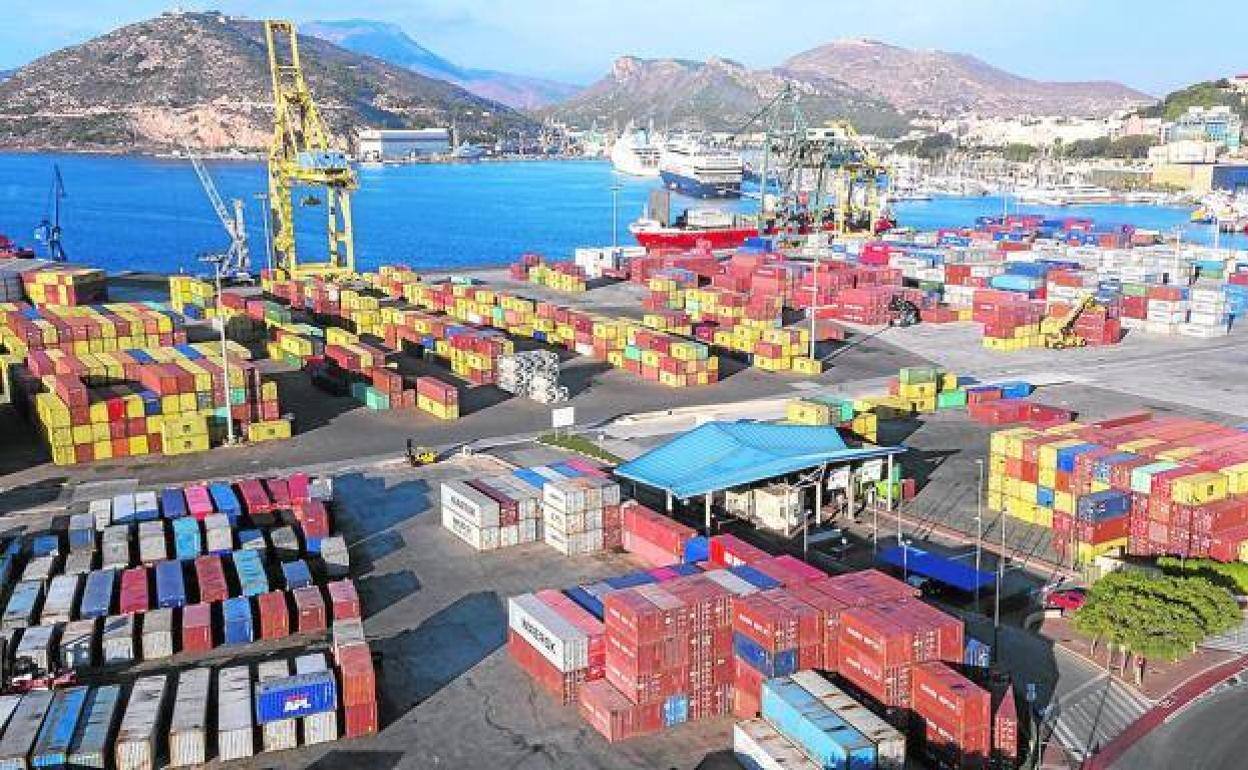
In 2023, the Port of Cartagena was the leading importing port in Spain, a leader in bulk traffic and foreign trade. In exports, it climbed one place to become the fourth exporting port, after its increase in the movement of goods of 30% more than in 2022. This is reflected in the provisional closing of last year at Puertos del Estado.
The activity in the docks of Cartagena has made the port the fourth in Spain with a movement of more than 37.5 million tons, distancing itself from its most direct competitors: Bay of Algeciras, Valencia and Barcelona ports.
While Cartagena is up almost 3% compared to the previous year, the average for Spanish ports is down 3.3% compared to 2022, according to data provided by the Port Authority, who claimed that it has been “able to avoid the slowdown in traffic that some ports have suffered” by remaining the first in liquid bulk traffic, thanks to Repsol’s refineries, and climbing to third place in solid bulk, due to the increase in grain imports from northern Europe and the American continent.
The Port of Cartagena has also proven to be able to respond to logistics operators in the most difficult times and to be a useful and competitive tool to generate employment, wealth and opportunities. In a statement, he defended the need to “promote large infrastructures such as Barlomar and El Gorguel, which respond to the space needs of the port and that will allow Cartagena to continue to grow unstoppably in the volume of goods and position ourselves in the world of containers”.